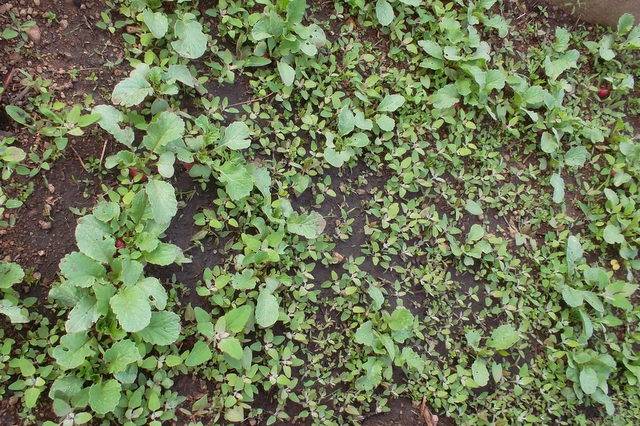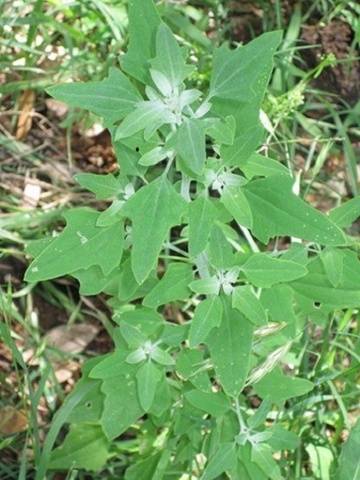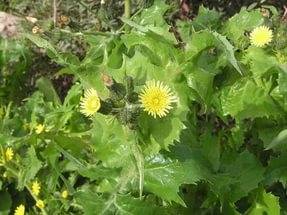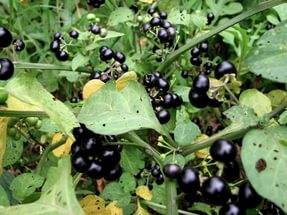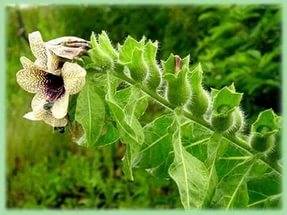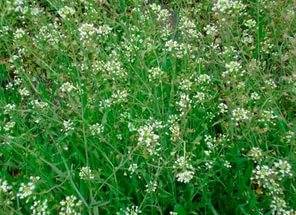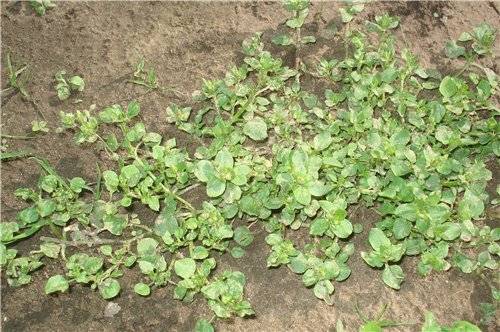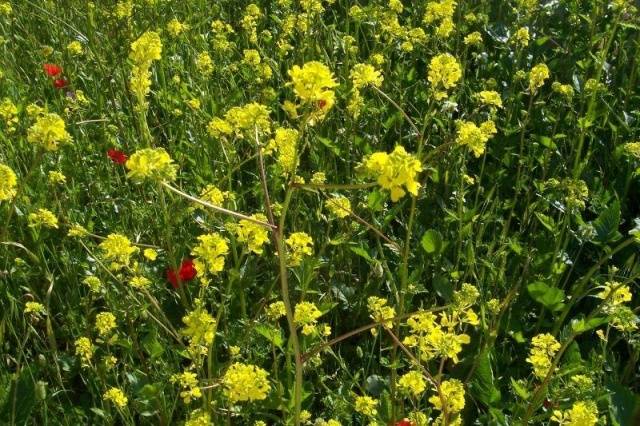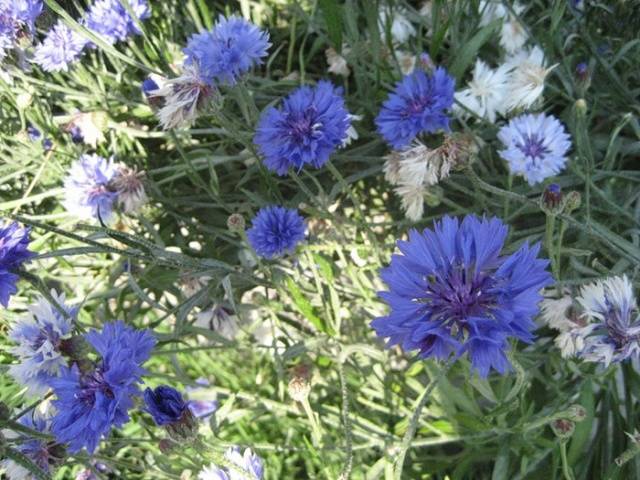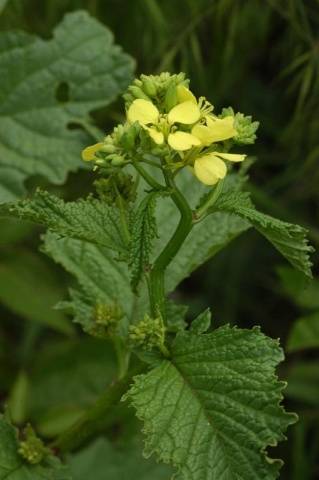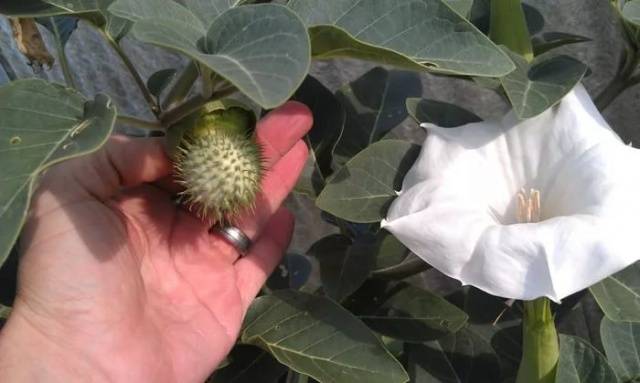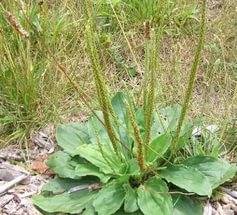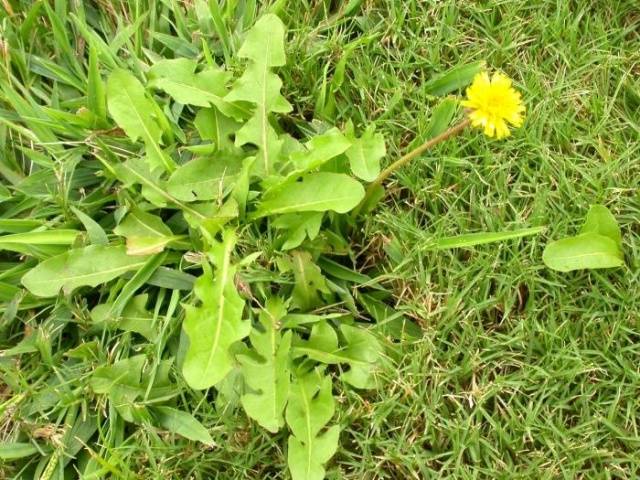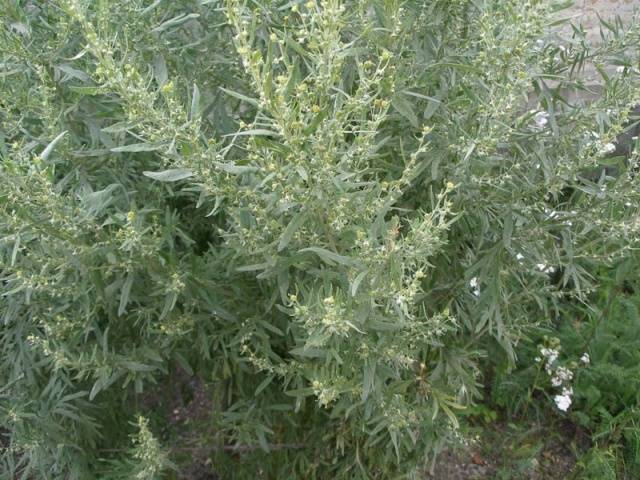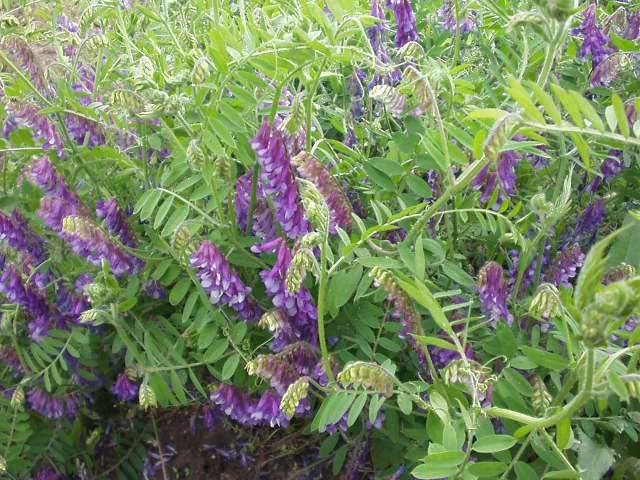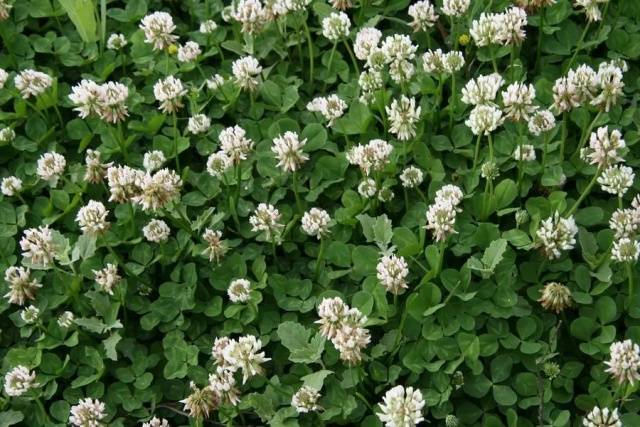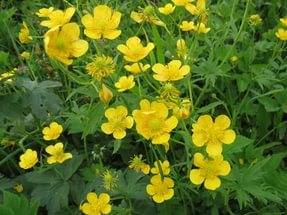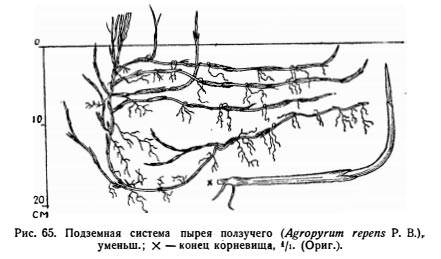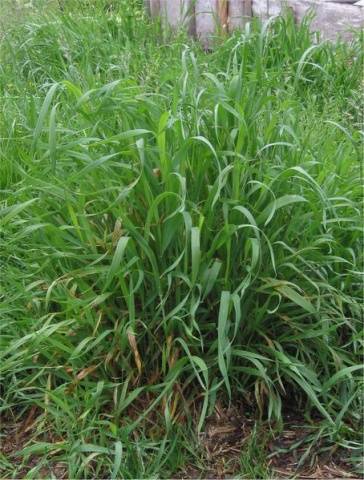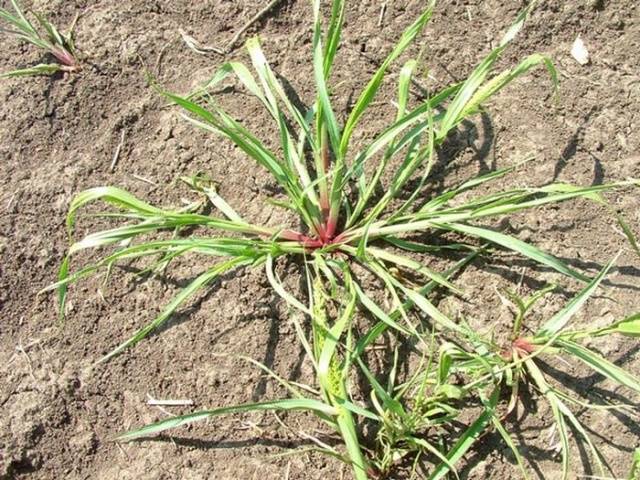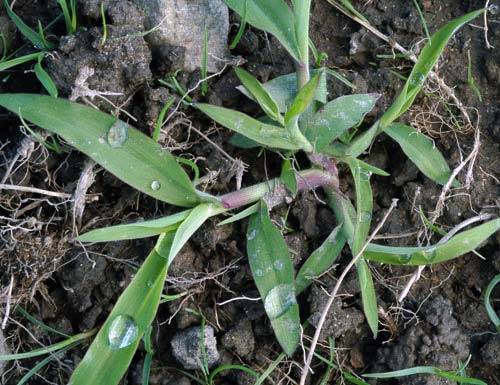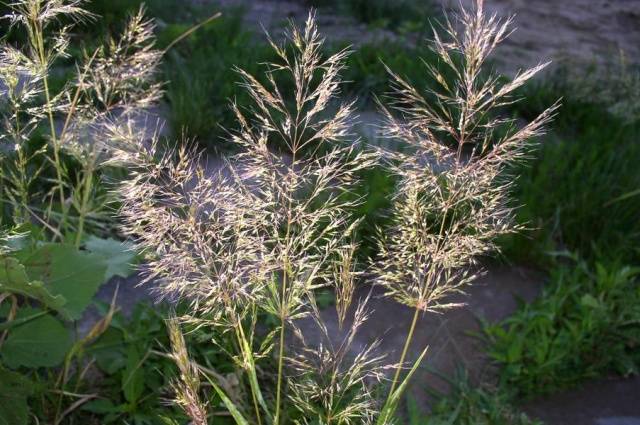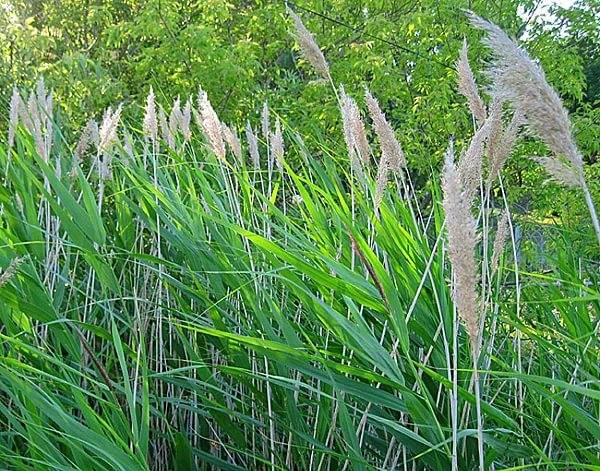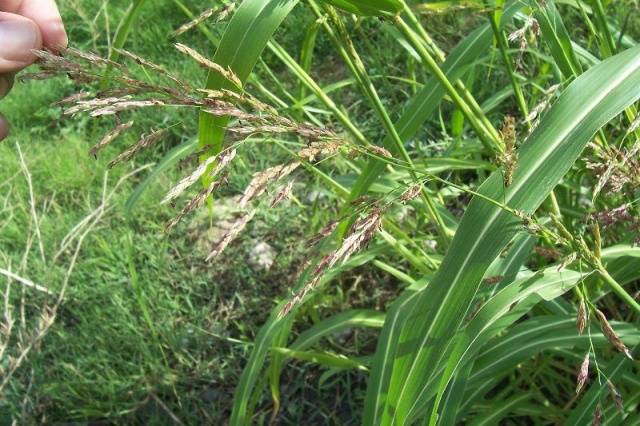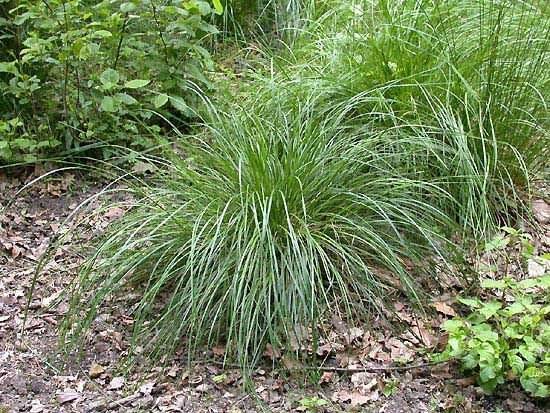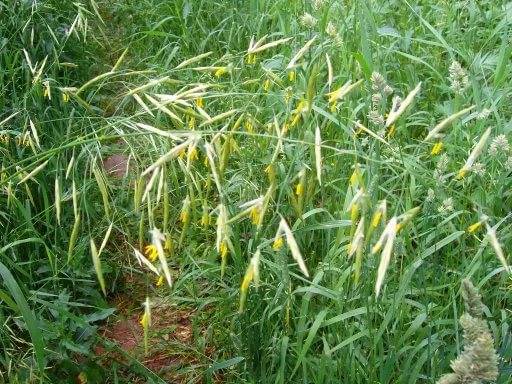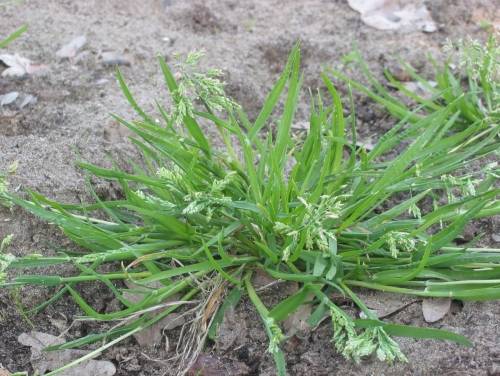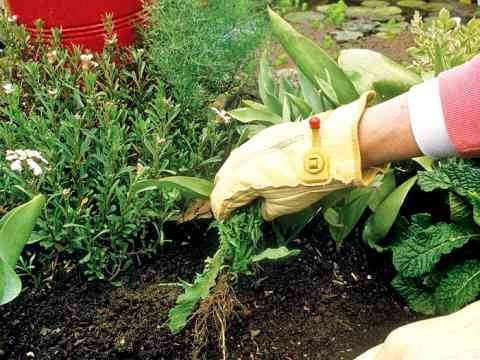Content
Wherever we go with you, everywhere we will meet growing by themselves weeds or weeds. There are many of them in the fields and gardens, next to cultivated plants. They get to our sites thanks to the wind, birds, insects and animals.
The presence of weeds in areas with crops leads to a sharp decrease in yield. They draw nutrients and moisture from the ground, and are shelters for many harmful insects and diseases. Among them are perennial cereal weeds. As a rule, you can successfully fight the enemy if you know him by sight.
What are they, weeds
The variety of cereal weeds is great due to the ability of plants to adapt to living conditions. Distinguish:
- annuals (minors);
- biennial;
- perennial.
There are also differences in the structure of the seed, some are called monocotyledonous, other weeds are dicotyledonous.
Dicotyledonous and monocotyledonous
The table shows the main differences.
| Plant parts | Dicotyledons | Monocots |
|---|---|---|
| Seed | Consists of two lobules. They have stored nutrients. When the seed germinates, the dicotyledonous plants have a stem and two embryonic leaves. Real leaves grow later. | The cotyledon is one. During germination, it does not come out of the ground, real leaves immediately appear on the surface. |
| Aboveground part | Powerful, spreading. | With few leaves. |
| Root | It looks like a rod, it can go to great depths. | As a rule, fibrous, extending not in depth, but in width. |
| Leaves | Are located on a petiole | The petiole is absent. |
| Flowers | Structural elements 4 to 5 | Exactly 3 elements |
Among the wide variety of plants not cultivated by humans, there are cereals and dicotyledonous weeds.
Especially a lot of weed dicotyledonous weeds accompany cereal crops. Among them are annual and biennial weeds.
Dicotyledonous annuals
Most often, our crops suffer from annual dicotyledonous weeds that multiply by seeds.
Some of them are presented in the list:
- mari (quinoa);
- forget-me-not;
- sow thistle;
- nightshade;
- henbane;
- shepherd's bag;
- amaranth thrown back;
- wood lice;
- various highlanders;
- field mustard (rape);
- cornflower blue;
- wild radish and other weeds.
Perennial dicotyledonous
The group of perennial dicotyledonous plants is extensive. They are growing all over the place. All plants have a strong root system that can withstand drought and extreme frosts.
Weeds found in almost all vegetable gardens:
- plantain;
- dandelion;
- various types of wormwood;
- field sow thistle;
- mouse peas (elm);
- creeping clover;
- buttercups.
Cereal weeds
Perennial and annual cereal weeds are malicious pests of cultivated plants. In nature, there are more than 6 thousand of them.
But appearing in gardens, fields and vegetable gardens, plants become malicious weeds, with which you need to start fighting.
These herbaceous plants have a hollow straw-stem with internodes. Leaves are narrow, parallel placement.Nondescript flowers are formed in the inflorescence. Inflorescences are in the form of an ear, panicles are sometimes brushes. The fruit is a dry weevil.
All plants have a well-developed root system. It is fibrous or branched, but mostly located closer to the surface of the earth. Just imagine what a branched root is in cereal weeds, for example, in creeping wheatgrass. Here they are in the photo.
Here are some examples of cereals weed photos and names:
- Wheatgrass creeping. The people call him a reaper, a rye, a dandur. Having settled in the garden, he can displace other plants. With its fibrous system, it draws juices from the earth, depleting it. The roots grow up to 12 meters. This vicious weed grows especially well on loose, fertile soils.
- Chicken millet grows everywhere. The plant is tall, up to 20 cm, lumbering. One bush occupies a large area. The wide leaves of this green weed plant require a lot of nutrients and moisture, which it takes away from cultivated plants.
- The blood-red dewdrop feels great even on acidic soils... In the panicle spikelets, a huge number of small seeds ripen, germinating already at 2 degrees Celsius.
- Rye bonfire grows in Siberia, the Far East. The plant is winter-hardy and drought-resistant. The seeds ripen in a spikelet. If they go to a depth of 10 cm, they will not be able to germinate. By the end of summer, the height of this luscious perennial weed is comparable to the height of wheat, so the seeds of the fire can end up in the combine bunker during harvesting. The particular harm of this plant is in reducing the quality of food grains.
The list goes on and on. Let's name a few more of the most common green weeds in our gardens:
- common broom;
- common reed;
- gumay or wild sorghum;
- turfy pike;
- wild oats;
- bluegrass.
How to deal with weeds
No matter what weeds, annuals and perennials appeared in your garden, you need to get rid of them immediately.
There are various ways to deal with green pests in gardens and vegetable gardens:
- mechanical or agrotechnical;
- folk ways;
- the use of herbicides.
Agrotechnics against weeds
Firstly, a good gardener never has a single piece of land empty. He will always find a culture that can be planted even on a small piece. Therefore, weeds do not have room for growth and development. This is one of the agricultural techniques.
Second, regular weeding and loosening keeps the weeds from raising their heads.
Thirdly, mulching of beds, paths on the site is widely used to deprive annual or perennial weeds of light. In this case, already grown plants die, and the seeds cannot germinate. As mulch, you can use improvised materials:
- old newspapers;
- cardboard;
- sawdust;
- bark of trees;
- pieces of roofing material;
- old boards;
- dark film.
As a rule, agricultural technology for growing cultivated plants helps to get rid of weeds in summer cottages and personal plots. But if the desired result is not there, you can use the products of chemical production.
Tough control measures
If you cannot get rid of monocotyledonous and dicotyledonous weeds using traditional methods, experienced gardeners recommend using herbicides. The choice of drugs is large today. You can use:
- Roundup;
- Hurricane;
- Tornado;
- Lapis lazuli.
The remedy goes through the leaves to the root. Weed plants turn yellow after spraying and die off. The drugs do not accumulate in the soil. But it is advisable not to plant cultivated plants on the treated area this year, so that it is possible to eradicate weeds to the end.
How to control weeds:
Let's summarize
It is good to admire flowering plants in the forest or in the meadow. But when annual or perennial dicotyledonous or monocotyledonous weeds and grasses appear on the plot with vegetables, there is no time for beauty. Delay in their removal can adversely affect the harvest.
